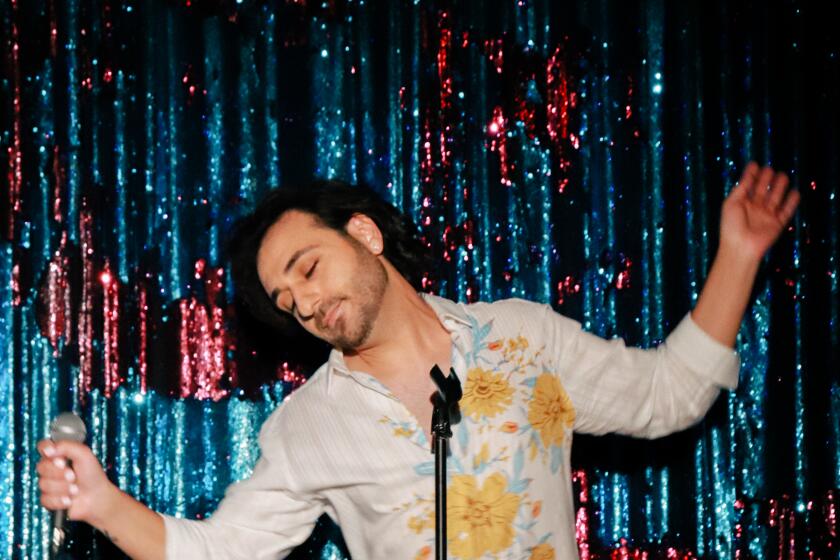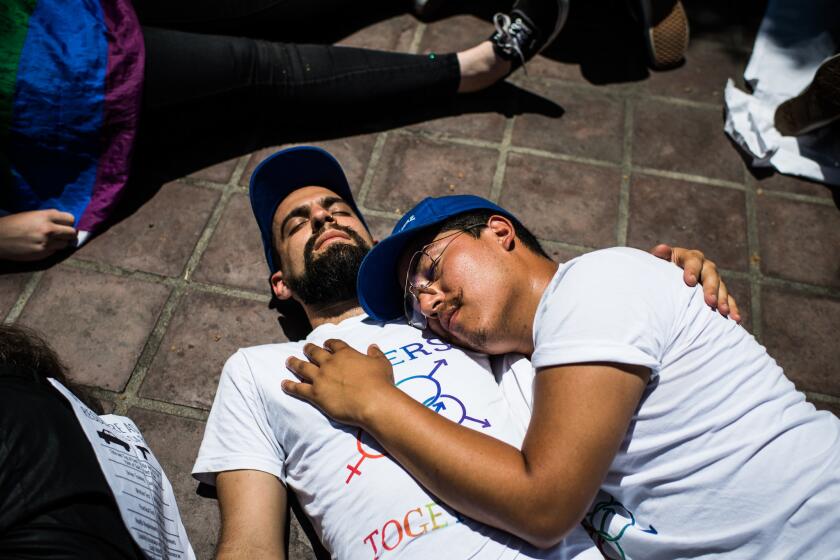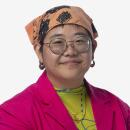Our experience counts as knowledge: ‘Brown and Gay in LA’ goes beyond West Hollywood
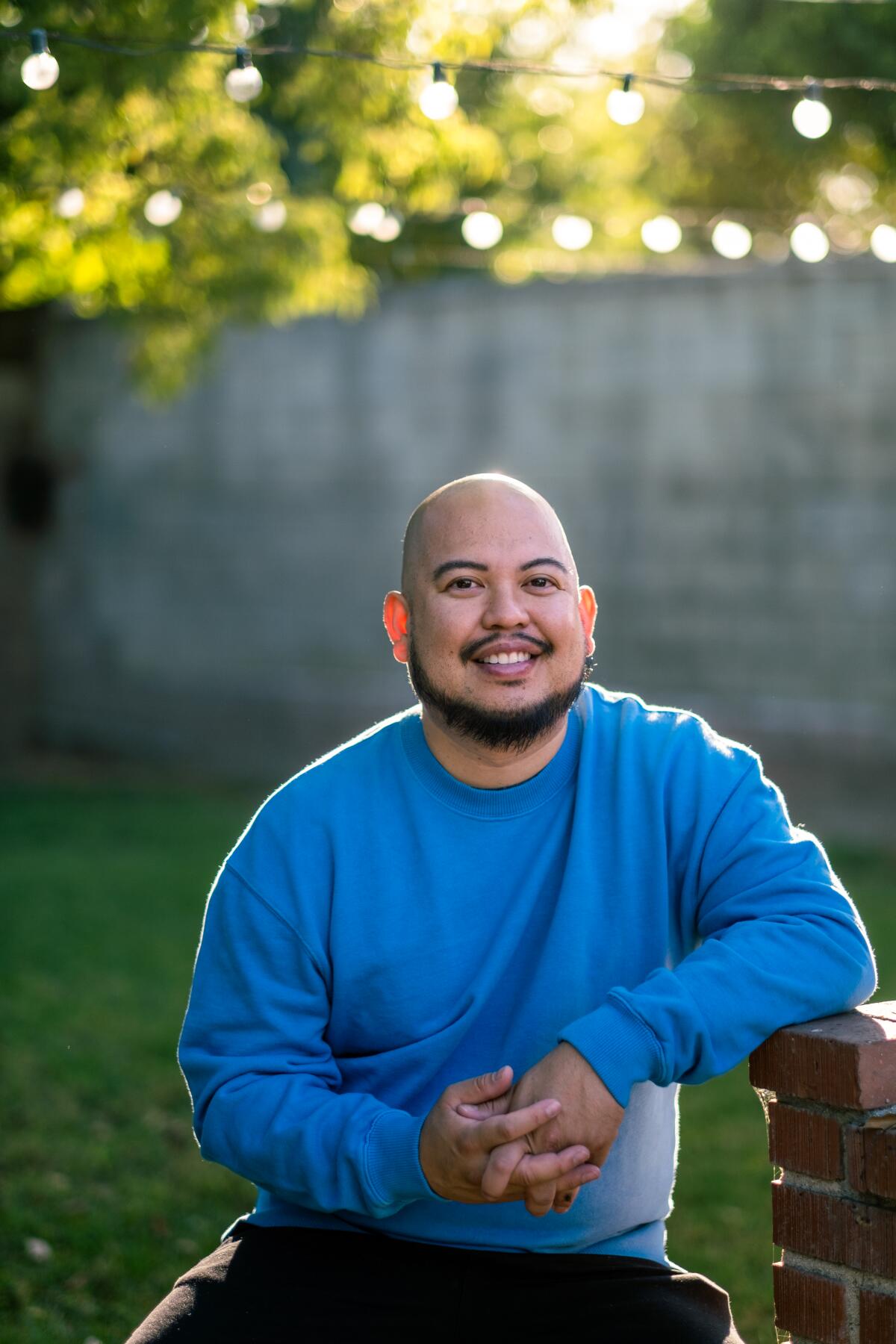
- Share via
On the Shelf
Brown and Gay in LA: The Lives of Immigrant Sons
By Anthony Christian Ocampo
NYU Press: 240 pages, $32
If you buy books linked on our site, The Times may earn a commission from Bookshop.org, whose fees support independent bookstores.
When I first heard sociologist Anthony Christian Ocampo talk on The Times’ podcast “Asian Enough,” I was moved by the specificity with which he talked about growing up Filipino American in the neighborhood of Eagle Rock and how it shaped his understanding of his heritage and queerness.
Ocampo’s first book, “The Latinos of Asia,” complicated the incomplete narrative of a community that must check off “Asian” in the U.S. Census even as they share a colonial history with Latino Americans as well as some of the same neighborhoods, including Eagle Rock.
His second book, out this month, takes those complications in a new direction. “Brown and Gay in L.A.” takes on the intersection of the immigration experience and queer life in Los Angeles — a first-person account that expands to take in the stories of dozens of gay men he’s interviewed across a scene he’s navigated for the better part of the last decade.
What emerges is a nuanced perspective on this particular kind of coming-of-age: coming out, perhaps leaving home for college, finding new families in public and private spaces. Ocampo writes lovingly of gatherings that have provided gay men of color an escape not just from the judgment of traditional families but also from the cultural dominance of white West Hollywood.
It was fitting that as Ocampo and I discussed the geography of queer Los Angeles, we were both calling from our respective childhood neighborhoods. We reflected on how the places we call home, his Eagle Rock and my San Gabriel Valley, are shifting in new and daunting ways. Our conversation has been edited for clarity and length.
‘The Mic,’ a fledgling open-mic night for queer poets and performers, has found an incongruous — but in fact ideal — home at Micky’s nightclub.
I like that you don’t pose yourself as a traditional detached sociologist. You place yourself immediately into this story. How did that shape your research?
Part of the reason I embarked on writing the book is that I didn’t have a blueprint for how to navigate queerness as a son of immigrants, as a person of color. The stories these young men offered provided me with a road map for how one can exist in a society that marginalizes you. As much as I was writing a book, I was learning a lot.
A lot of times whenever scholars write about communities of color or any minoritized population, there’s this belief that you have to be an outsider to be “objective.” I don’t believe objectivity exists. And I think the best people to write about communities that have been underrepresented are the people from those communities. You know what kinds of questions to ask. You know the value system and you have the relationships.
I spent 10 years just hanging out within queer communities of color in Los Angeles without any intention of writing a book. I was in my early 20s in graduate school, studying immigration and race. But it was very rare that the gay men I interviewed had their stories included in books, articles, conferences and classes. I thought that’s unfortunate because these young men have a lot to teach the world about what it’s like to navigate multiple identities at once.
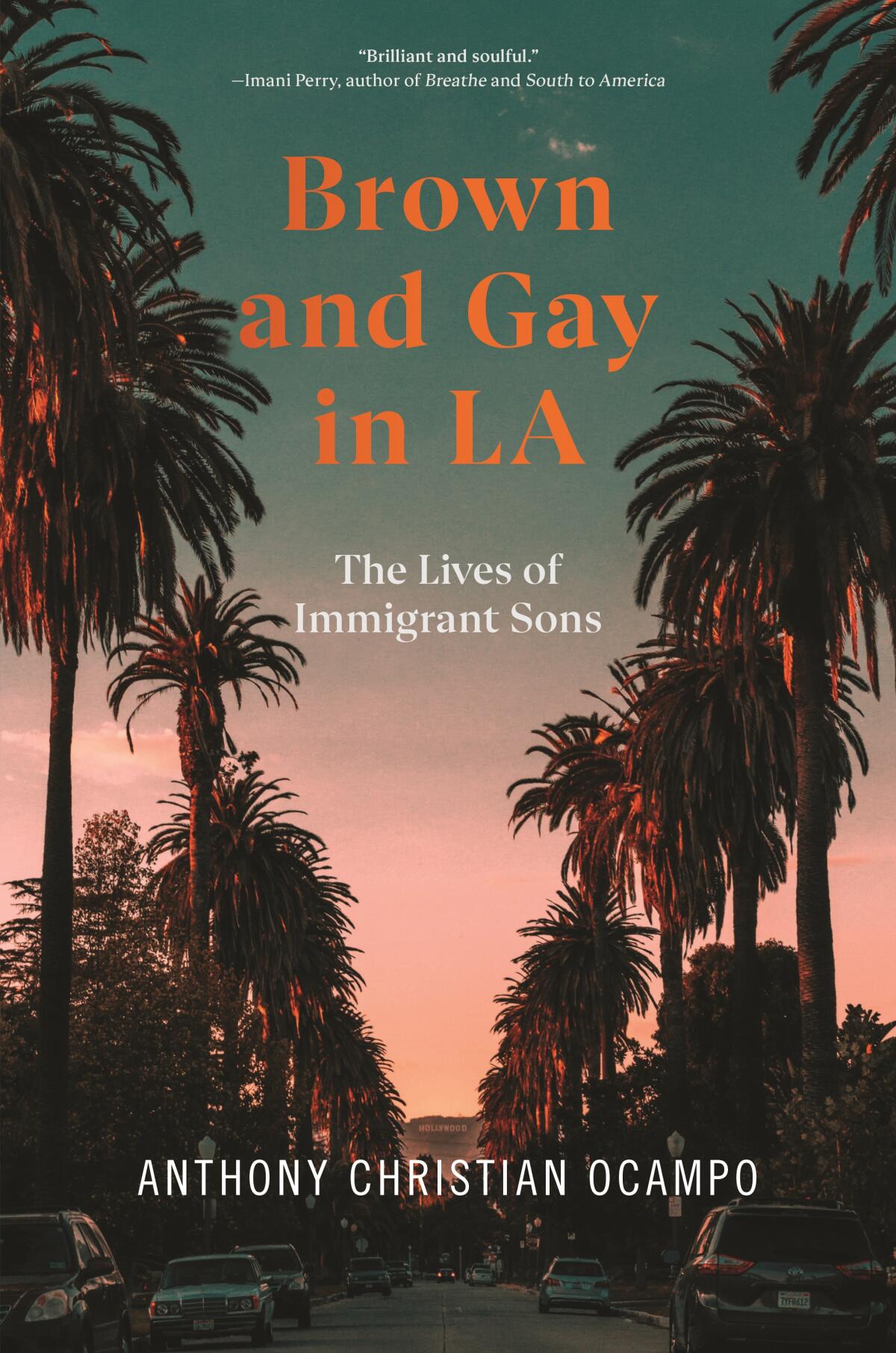
Why was it important for you to document these queer spaces?
Sometimes people assume that gay spaces are automatically inclusive or welcoming. But the reality is race and racism, class and classism, and body discrimination and femme phobia — those don’t disappear. In West Hollywood, some might argue it’s amplified.
I write about specific venues, a lot of which are sadly closed down, like Circus Disco and Arena. Those two bars were some of the most important places where you can meet other people before social media and Grindr were a thing.
West Hollywood is seen almost as a rite of passage, but a lot of queer people of color know that’s not always true for them. What’s been the response to your critique of whiteness in WeHo?
West Hollywood was one of the places where I first started to indulge in queer nightlife. No one was yelling racial slurs at me, necessarily, but there are also ways in which I felt — and a lot of the men that I interviewed felt — we were either exoticized or made to feel invisible. When it came to getting into certain venues, they noticed that white patrons had rapport with the security guards in ways people of color didn’t.
Racism is complicated and people get defensive when you call them out. But the reality is, it’s not the intention of why they changed the music or the intention of why they wanted a flyer a certain way — that doesn’t matter. It’s the impact that it has on queer people of color.
You write a lot about the similarities between Filipino and Latino culture. Why did you focus on the mixture of these two specific cultures in queer spaces?
L.A. is a Latinx city. Unlike other cities, where they have to call it Latin night, it’s just a bar where all the patrons are mostly Latino, like in East L.A. or Long Beach. We sometimes overstate the divisions between different ethnic and racial groups. But in the real world, these groups blend pretty seamlessly. You live in the San Gabriel Valley, right?
Highland Park has long been the heart of L.A.’s musical bohemia, home to Chicano punk and Billie Eilish. Now, COVID-19 threatens the scene’s very existence.
Yes, it’s very Latino and Asian.
If you go to Banana Bay on a typical Friday night, you’re always going to have these groups of birthday parties that are a mix of Latinx and Asian Americans. I’m always floored whenever I go to other parts of the United States — they just can’t imagine groups mixing in that way. And for us in L.A. it’s so normative.
There’s a way Filipinos are sorted into the gay scene because there is no Asian scene. What do you do? You either go with the white gays or the brown and Black gays. The benefit of writing about Filipinos is that it’s a really easy opportunity to complicate people’s notions of race.
Many of the places you write about are vulnerable to gentrification. Are you worried that in the future these scenes might disappear?
When I was in the closet, there were no smartphones. I’m not even exaggerating, being in those queer spaces felt like oxygen to me. And I imagine that for a lot of people that aren’t accepted in their family or their friends, or who don’t have a lot of access to learning about what it means to be gay, those spaces are still really important.
I remember a time when you would never once see a white person in Highland Park. And nowadays, when I drive by, it’s all white families. I’m like, “What happened? It’s all million-dollar homes,” which is bananas to me. But what keeps me sane is that there are business owners who are making sure that the role queer people have in these neighborhoods is important.
You were writing this book in the wake of the 2016 Pulse nightclub shooting. Many things have changed since then in the landscape of LGBTQ rights. Do you think the messaging of this work has changed?
I was going to quit writing this when the Pulse shooting happened. People are getting killed in nightclubs, who cares about writing a book? I felt devastated that a queer Latinx space, during the two or three hours every week where folks get to be themselves, gets gunned down by a mass shooter.
But after a year of not writing, I realized people have the memory of a goldfish because of the 24-hour news cycle. I had to document what was happening in this community; it’s part of the reason I like writing books. I want queer people of color to know their experiences count as knowledge. One of the things that took me the longest to learn was my experience, my family’s experience, my immigration story and my life with my queer friends — all that stuff counts as knowledge.
Activists staged a “die-in” Tuesday at Los Angeles City Hall on the second anniversary of the Pulse nightclub shooting in Orlando, Fla., that took the lives of 49 people.
Deng is a queer Angeleno and multimedia journalist.
More to Read
Sign up for our Book Club newsletter
Get the latest news, events and more from the Los Angeles Times Book Club, and help us get L.A. reading and talking.
You may occasionally receive promotional content from the Los Angeles Times.
